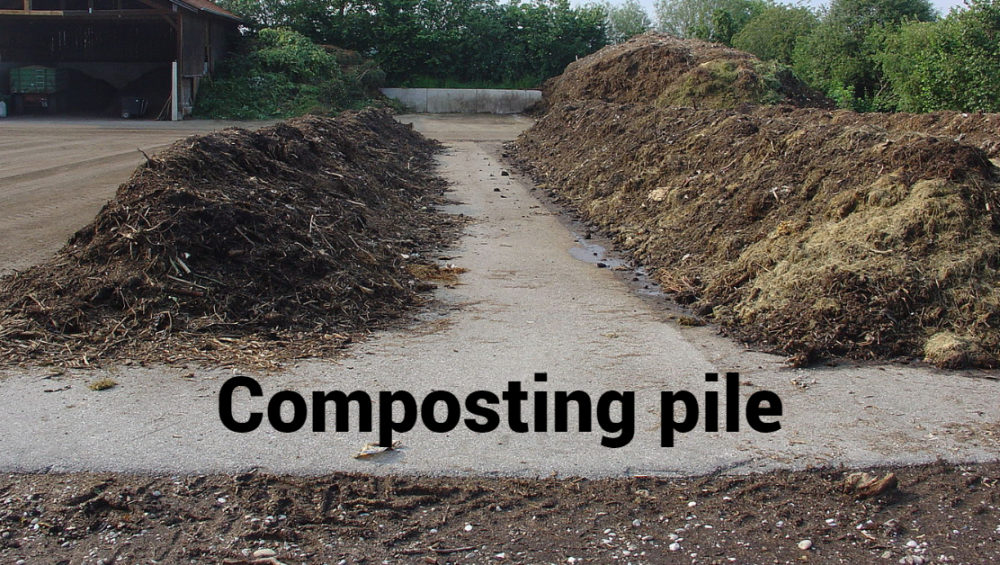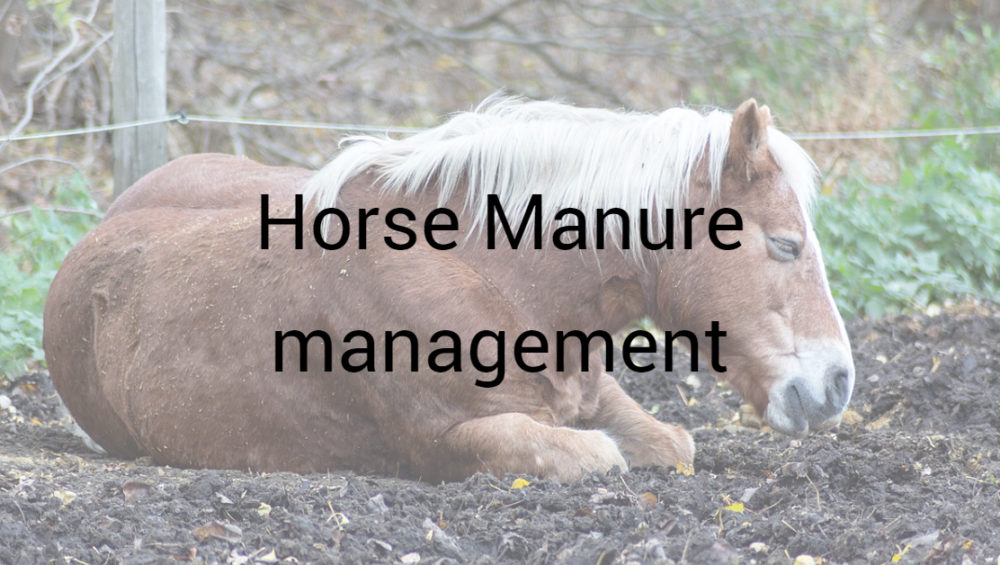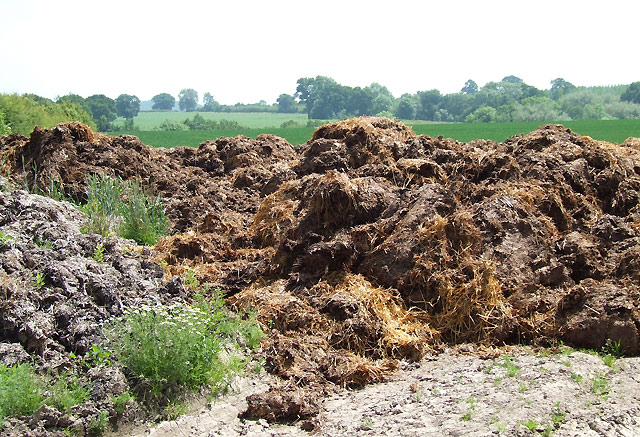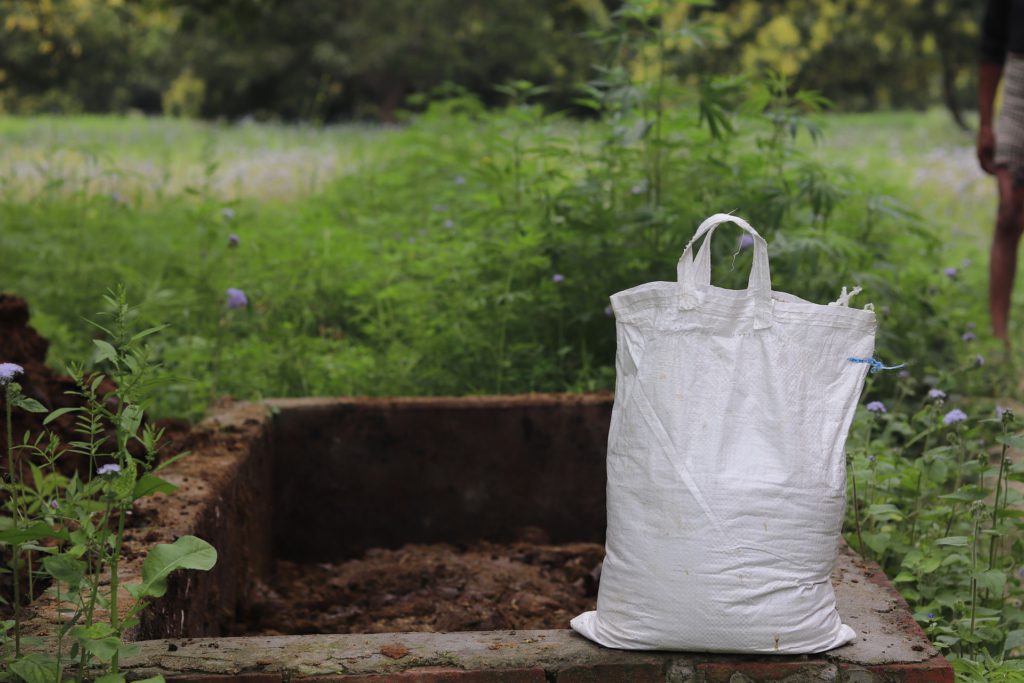In this article, we are discussing the better management of manure and reducing the risk of pollution caused by manure, bedding and feed wastes.
Composting is one such great method that produces a stable-sustainable-storable product that inhibits pathogens growth, and conserves nutrient quality in it.
The Management of composting horse manure includes Composting Mix, Maintaining, Monitoring and Testing of Manure and Compost, Environmental Issues, Compost Use and Costs.
Composting Mix
The very first recommendation is to get the right composition for composting mix. The mix needs to comprise an optimal level of 3 main factors that depict the worth of the end product.
The amount of manure, feedstock and bedding in the compost pile are thoroughly mixed. The Moisture, Air flow and C:N ratio plays a critical role in mixing compilation.
Maintaining
The composting can be done, both in Open pile and Closed shed as per the care taker’s wish. Building a shed for composting makes it easy for handling horse manure, pleasant surroundings and there will be less chance of nutrient runoff and leaching issues.
It is preferred to make a Buffered zone for compost maintenance, isolated from residential and water resources. It helps prevent water pollution due to leachate, runoff and air pollution from foul odor.
The buffer zone is subject to compliance with local ordinances and is recommended to be 150 feet from living quarters and the bottom elevation should be above water level or installed on concrete slabs.
Open Pile– Like a free-stacking of hay pile, the manure pile can be raised till the height of 4-6’ tall. A regular mixing is required to ensure pathogen reduction, that a good stacking with minimal overturning will make good compact. A carefully considered piling is required to prevent leaching and runoff.
Closed Shed– A shed composting consists of several side-bins, when the first bin is filled, then the content can be turned into the next bin. The pile height should not exceed 6 feet to ensure that compost is aerated. Bins are covered with roof to reduce possible runoff and no leachate is generated under the roof.
Proper over-turning of compost is essential.
The important aspect for a composting site is to allow access all-year round and well drained.









